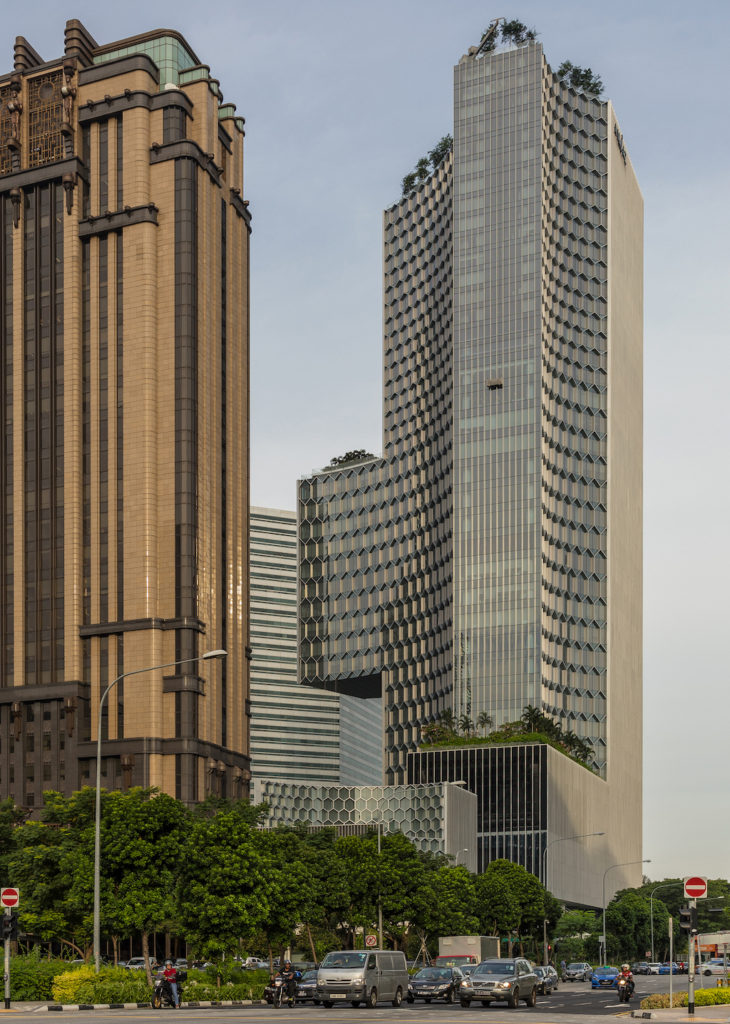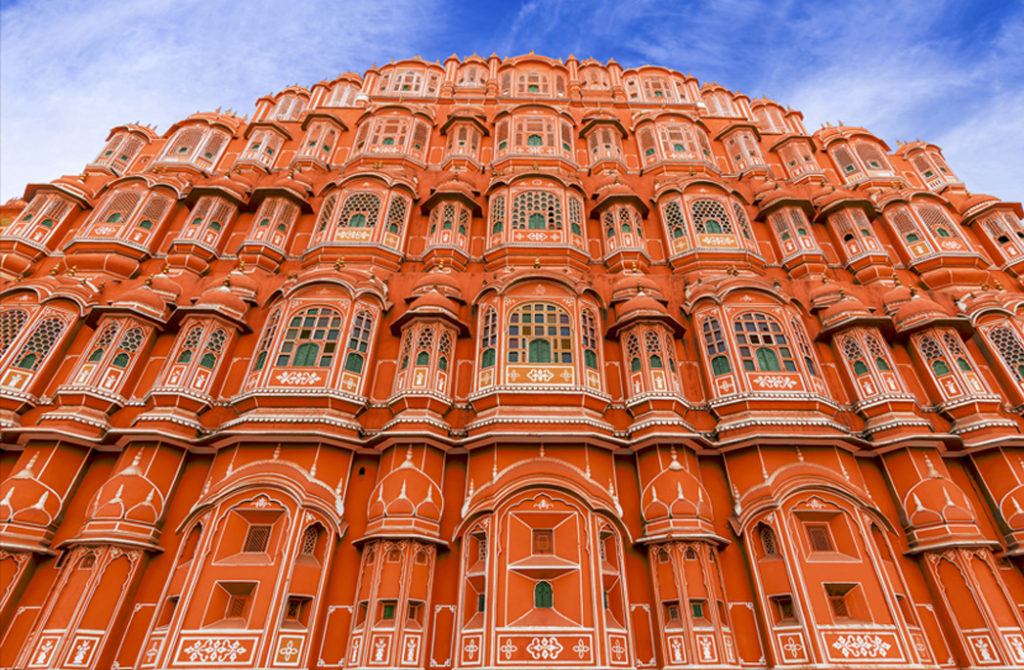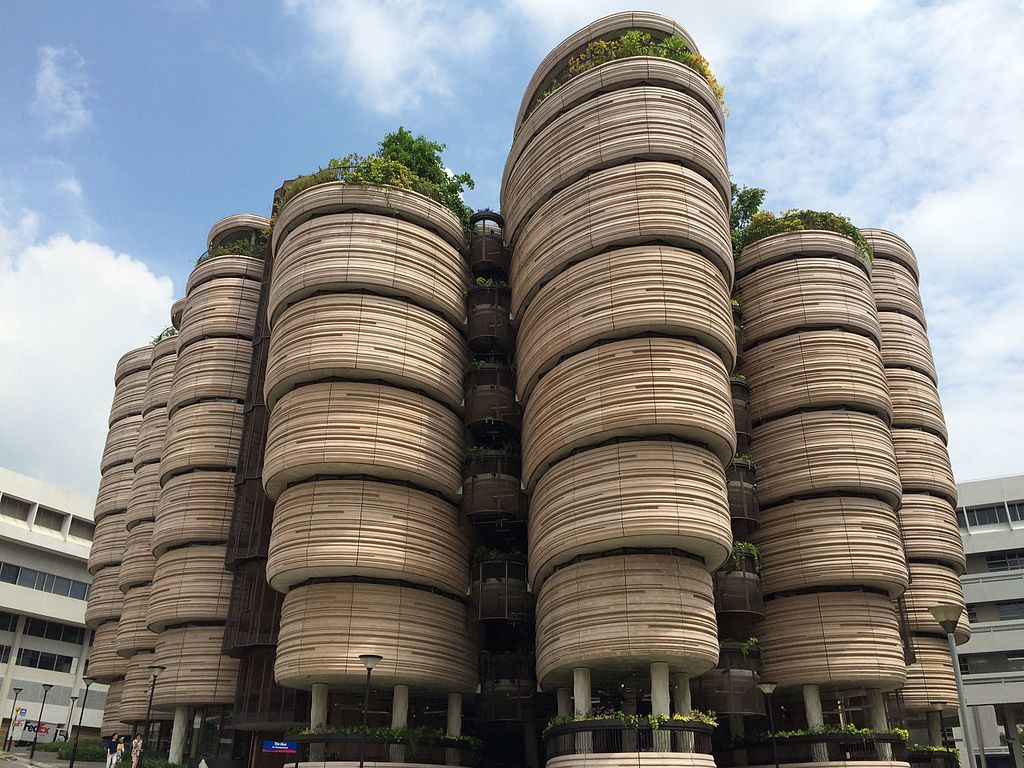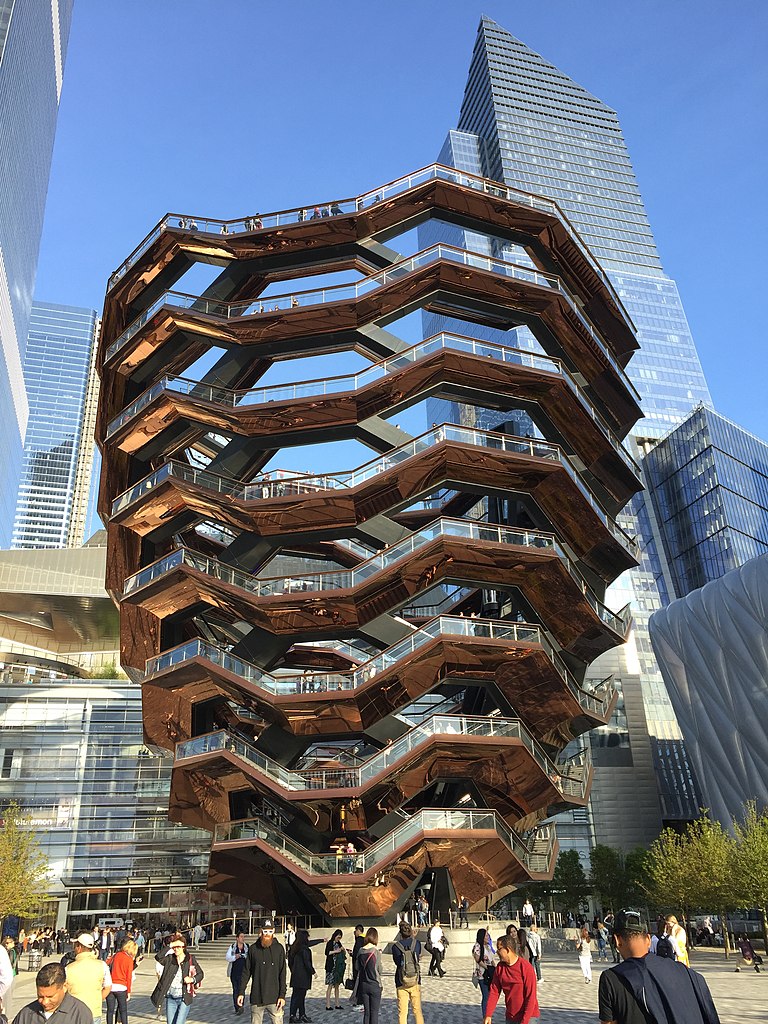Bees are the most accomplished builders among insects. The iconic hexagonal comb design and the shape of the beehive can be seen in works of architecture and art throughout human history. Beehives and combs are primarily built by worker bees.
According to yourarticlelibrary.com, “A comb is a vertical sheet of wax, composed of a double layer of hexagonal cells projecting in both directions from central wax-sheet. Combs hang vertically downward, while cells are horizontal”. Comb cells serve a variety of purposes. Cells on the margin and at the top of the comb, appropriately named “storage cells”, hold honey and pollen. The center and lower parts of the comb are known as the “brood cells”, the home of young bees. Brood cells are divided into three types. Worker bees, drones, and the queen are brought up in different chambers. Since adult bees don’t have a special chamber, they live on the surface of the comb.
Building with Beeswax
Bees can truly do it all. They produce the materials needed for constructing their home and their design is unparalleled in the natural world. Beehives are made of beeswax and repaired with propolis, a waterproof, resinous substance made by bees from plant resins. To make 1 oz of beeswax, bees consume 8 oz of honey and the process of producing beeswax is time-consuming.
Beeswax is secreted by bees from eight abdominal glands in the form of tiny flakes. Then, the wax pieces are chewed until they are flexible and shapable. Bees need a design that maximizes the space and minimizes the use of wax and labor. A set shape increases the speed at which bees can build cells because bees can work on different cells at once, with the knowledge that adjacent cells will join an unfinished one neatly. Through trial and error, bees have found that hexagons are the best shapes for cells.
Beyond being aesthetically pleasing, hexagons tesselate perfectly, which means that they can be fitted together without any gaps, eliminating any wasted space. But why not triangles or squares, which also tesselate perfectly? Hexagons have 120-degree angles that minimize the perimeter of a given area. In a changing world that presents new problems for construction, such as sustainability and cost, humans draw inspiration from bees to challenge the definition of “impossible”. Below are five buzz-worthy architectural wonders.
1. The Ancient Beehive Huts of Ireland

Since ancient times, humans have gazed upon beehives in wonder. To paraphrase the editors of Encyclopaedia Britannica on britannica.com, beehive-shaped dwellings were built as early as 2000 BCE. These homes were widespread in Scotland and Ireland. Built out of materials native to their regions, the dwellings provided excellent camouflage. There’s more practicality to these structures than what meets the eye. According to thegrapevine.com, the high, domed-shaped allows rain to slide down its surface before the water seeps into the stones and damages them. This structure collects heat, allowing huts to maintain a comfortable 75-85 degrees Fahrenheit.
2. The Duo

The Duo twin towers in Singapore’s Marina Bay area are certainly a sight to behold. Honeycomb hex patterns that adorn the skyscrapers designed by Buro Ole Scheeren are eyecatching and accentuate the buildings’ dynamic curves. The 186-meter tall tower has 660 residential apartments and the second tower has 39 floors of office space and a five-star hotel. The honeycomb frame structures on the concave facade give the interior of the buildings a pleasant climate in a surprisingly environmentally friendly way. To paraphrase dezeen.com, the hexagonal frames are deep enough to provide shade and the shape of the buildings intentionally channel cooling wind.
3. Palace of the Winds

This pink palace looks like a page from a fairy tale. Hawa Mahal is one of the major tourist attractions in Jaipur India because of its rich history and exquisite construction. “The Palace of the Winds” was built in 1799 by Maharaja Sawai Pratap Singh, ruler of Jaipur from 1778 to 1803, to house the ladies of the royal families. Because the women weren’t allowed to be seen in public, the 953 windows of this five-story palace gave them a glimpse of festivities and everyday life. The architect Lal Chand Ustad gave the mansion a honeycomb-like exterior to resemble the crown of Krishna, a primary deity in Hinduism, and to allow air circulation to naturally cool the palace. Some of the latticework on the windows are also hexagon patterned.
4. The Hive

The Hive is one-of-a-kind. The unique shape of this building at Nanyang Technological University in Singapore has a symbolic meaning and practical use. Designed by Heatherwick Studios, the contemporary interior allows students and professors to interact more. Flexible formatting in the 56 rooms, numerous corridors, and open atriums encourage socializing and the “cross-pollination” of brilliant ideas.
Architects, artists, and dreamers worldwide will continue to be(e) inspired by the elegant simplicity of beehives and hexagonal designs. Perhaps humans have more in common with bees than expected. We are both fueled by the need to build and to redefine “impossible” while we’re at it. Unlike honeybees, we are only limited by the extent of our imaginations.
5. Hudson Yards Vessel

The Vessel is an intricate set of spiraling staircases set as the iconic centerpiece of NYC’s Hudson Yards, a new development just west of Midtown Manhattan. Designed by British-based designer Thomas Heatherwick, it’s early construction in pieces in Italy was kept strictly secret until the pieces were brought to New York and constructed. Locals have called it the beehive and it’s easy to see why. It’s a beautiful design and sets Hudson Yards apart.
